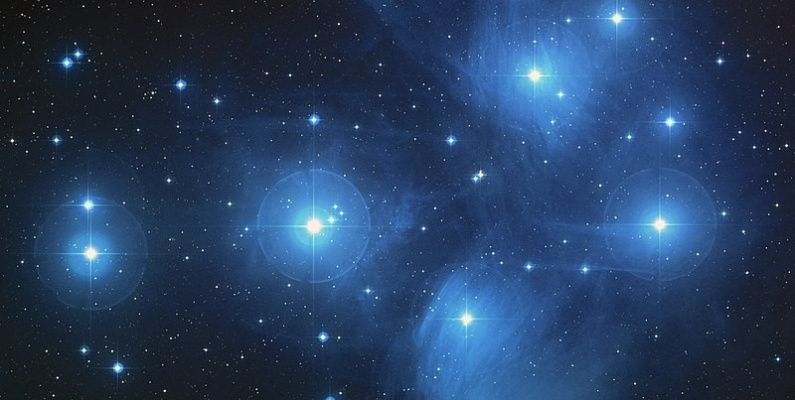
Welcome to the Sky Guide, your monthly guide to what's happening in the heavens!
Check out the printable version here: July-Sky-Guide.pdf
|
MOON MARAMA PHASES: |
SUN RĀ RISE / SUNSET |
|||
|
Phase
3rd Quarter New Moon 1st Quarter Full Moon |
Date
Saturday 7 Friday 13 Friday 20 Saturday 28 |
Date
Sunday 1 Sunday 15 Tuesday 30 |
Rise
8.20am 8.14am 7.59am |
Set
5.03pm 5.17pm 5.30pm |
JULY HŪRAE HIGHLIGHTS
Hydra, Corvus and Crater
These three adjacent constellations are linked by a Greek myth from the 3rd century BCE. While fetching water for Apollo, Corvus the crow stopped to feast on a tree of figs. When he eventually returned with the water, he blamed the delay on a water snake (Hydra). Realising the lie, Apollo threw Corvus, the cup Crater, and Hydra into the sky, leaving Crater just out of reach of Corvus, and the crow forever thirsty.

Image: The Hydra, Corvus and Crater constellations from Uranographia by Johannes Hevelius. Public Domain Mark.
To find these constellations, look north-west and locate Virgo. Now find Spica, the brightest star in Virgo. From Spica, shift your gaze southwest to find Corvus. Scan a little further west to locate Crater. You should be able to see the body of Hydra directly south of Corvus and Crater, with his head setting in the west.
Puaka/Matariki
Matariki is the Māori name for the group of stars also known as the Pleiades. Their emergence in the mid-winter sky traditionally signals the Māori New Year. This year they’ll make their first appearance in Dunedin around 6am on 6 July. For South Island Māori, the rising of the star Puaka (Rigel) is also an important indicator of the Māori New Year. Puaka is the principal star for Kāi Tahu, the southern iwi of New Zealand, and the nature of its rising is said to foretell the weather. Light flickering in the north is an indicator of pleasant weather ahead, while light glimmering in the south warns of bad weather.
The rise of Matariki was traditionally a time to remember those who had died since its last appearance, but it was also a period of celebration and feasting, since it took place at the end of harvesting when food stores were plentiful.
Puaka and Matariki can be viewed between the 6 and 22 July, during the Puaka Matariki festival here in Dunedin around 6am. Because they rise in the morning, they cannot be viewed on this evening orientated star chart. Puaka is a bright star which will rise from the eastern horizon, whilst Matariki will rise shortly after from the north-eastern horizon.
Top image: The Pleiades. By NASA, ESA, AURA/Caltech, Palomar Observatory. Public Domain Mark.
